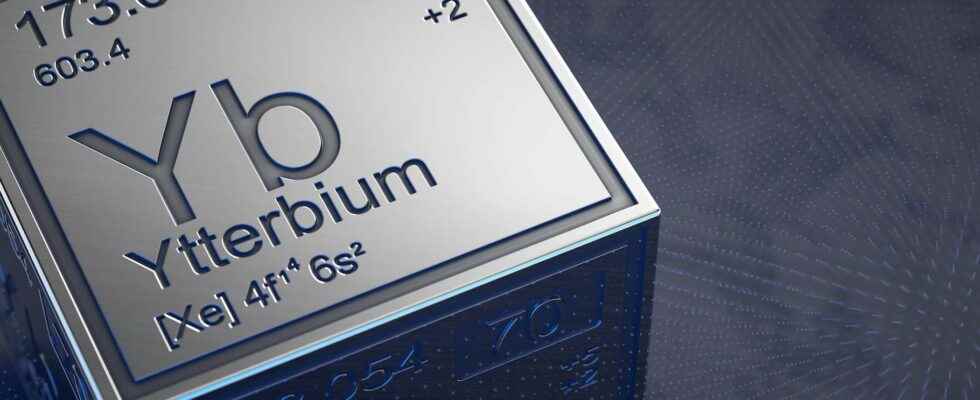Fermions cooled to less than a billionth of a degree above absolute zero. The record is broken. But not just for the glory. The researchers descended to such extreme temperatures to gain insight into the influence of quantum mechanics on the properties of materials.
You may also be interested
[EN VIDÉO] Interview: is there a maximum temperature? Since there is a minimum temperature which represents the almost absolute immobility of atoms or molecules (-273.15°C), does the impossibility of exceeding the speed of light impose a maximum temperature? As part of its Expert Questions on Physics and Astrophysics video series, publisher De Boeck asked José-Philippe Pérez, professor emeritus at the University of Toulouse, to answer this question.
Those that the physicists fall into the category of let’s close, these are quite classic particles. You know at least some of them. The electron or the neutrino are fermions. The atoms ofytterbium (Yb) in the state solid can also be treated as fermions. And, with the help of beams lasersof the Kyoto University researchers (Japan) have just succeeded in cooling some to an incredibly low temperature. On the order of a billionth of degree only above the absolute zero. That’s about 3 billion times colder than in interstellar space. A record!
But it’s not just to break a record that physicists wanted to go so low in temperature. It is that at this stage, new phenomena appear. Quantum properties, in particular. And reaching such extreme temperatures allows them to observe systems in action that even most powerful supercomputers current ones are not able to simulate.
For example, there is the system that researchers call the Hubbard model. From the name of the physicist who imagined it in the early 1960s. It describes the behavior of fermions on a lattice – atoms that form a solid, for example – which only interact when they are on the same site – the same atom. Researchers today use it to study the magnetic behavior and superconductor materials. What happens when electrons behave collectively. A bit like football fans who throw an “ola” in a stadium.
Unravel the secrets of materials
Researchers at Kyoto University were interested in a rather special Hubbard model, the model called SU(N). Funny name. As long as it is not known that “SU” is a mathematical way of describing the very high symmetry of the system and that “N” designates the spin states possible for the particles that compose it. In the present experiment, ytterbium atoms, therefore. These can present six states of spin different. And for the first time, physicists have revealed magnetic correlations in a Hubbard SU(6) model. Understand that the quantum magnetic alignment of one atom affects that of others.
They hope to finally understand why solid materials become metalsinsulators, magnets or superconductors. Since the symmetry of the system could play a role, experiments of the type developed in Kyoto could provide answers. And why not, guide researchers towards a way of develop materials with the desired properties.
Physicists point out that the observed correlations are short-range. But by further cooling the matterthey expect to see more subtle and more exotic. Phases that would not be ordered according to an obvious pattern. Not entirely random either. Phases that only appear when you can observe the system as a whole. On some 300,000 atoms of a 3D lattice. As did researchers at Kyoto University. All they have to do now is develop the tools capable of measuring such behavior. The challenge is met.
Interested in what you just read?
